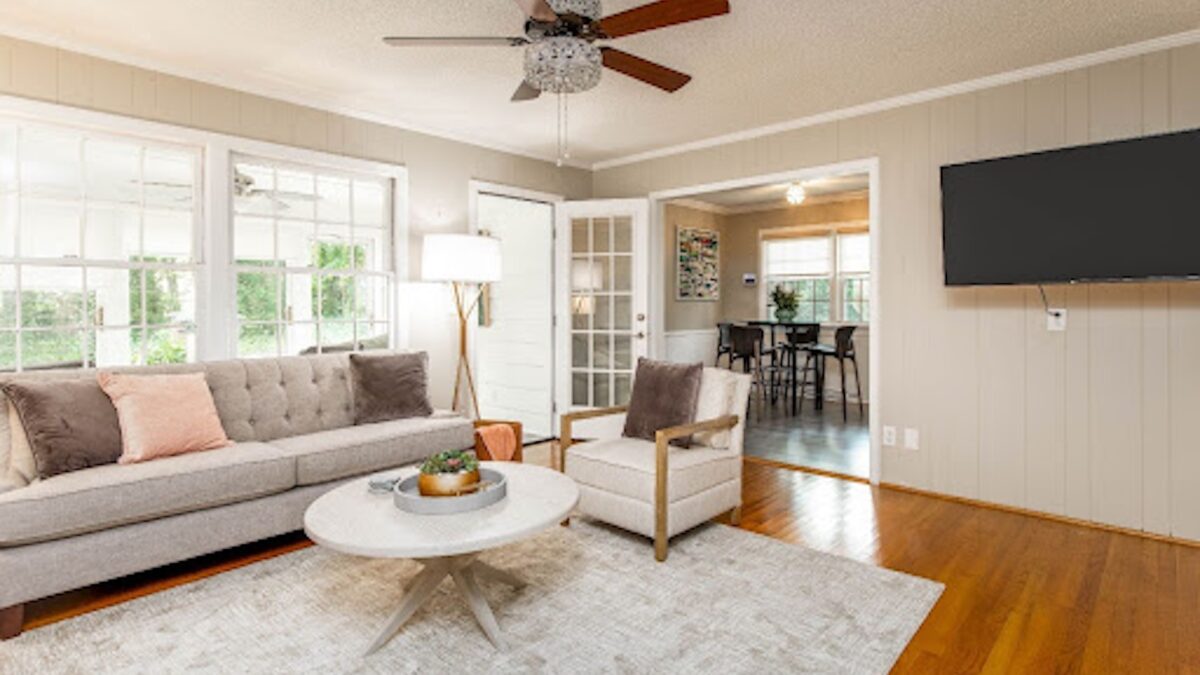By John Donegan at SpareFoot
Whether you’re staging a home for sale, moving to a new office or simply de-cluttering the garage, self-storage can be a lifesaver. We’ve come up with some techniques to help you find the perfect unit as efficiently as possible:
1. Determine what size and amenities you need.
Storage units come in standard sizes at all facilities, including 5×5-foot, 5×10-foot, and 10×20-foot units. To figure out what size you need, start by stacking all your boxes and items you plan to store against a wall. Arrange them the way you would in your storage unit, then use a measuring tape to approximate the dimensions of the space you’ve filled.
The following amenities are available at many facilities. Whether or not you need one of these features depends entirely on what you’re storing and how often you want to access it:
- Drive-up access – If you’re moving particularly heavy items, find out if your facility offers direct drive-up access to your unit door.
- 24-hour access – Some facilities allow tenants to come and go on the property through gated entry 24-hours a day. This is great if you’re storing items you’ll need access to on a regular basis or on a unique schedule.
- Climate control – If you’re planning to store for a long time, or you’re storing sensitive items like electronics or art, consider renting a climate-controlled storage unit. It’s considerably more expensive, but can be vital in geographies with extremely dry, humid or cold climates, such as storage in LasVegas.
2. Compare your options online.
Start by using an online self-storage finder, such as SpareFoot or SelfStorage.com, to find and compare local facilities based on price, location and amenities. If you find the perfect option, book it online. If you’re undecided between a few potential facilities, call them to see if they offer any additional promotions you qualify for, such as student or military discounts. Talking to a representative can also give you a better idea of the customer service standards at each location. Online reviews by previous tenants are also useful in decision-making.
3. Try to negotiate.
You may not want to readily accept the first pricing offer. Much like purchasing a home or car, renting a self-storage unit can provide you with an opportunity to negotiate. Storage facility managers understand you have many options when it comes to storage, and they’ll often be willing to match or beat direct competitors’ prices.
If you know a friend or relative also needs storage, inquire about group discounts or rewards for referrals. And keep in mind that you can sometimes get a lower rate by signing a longer-term contract— storage units are priced month-to-month, but if you know you’ll be around at least six months or a year, ask the manager what your options are.
John Donegan is a writer at SpareFoot, the online marketplace where you can find and reserve a self-storage unit with comparison shopping tools that show real-time availability and exclusive deals. John lives in Austin, TX and occasionally directs videos for rap artists.





